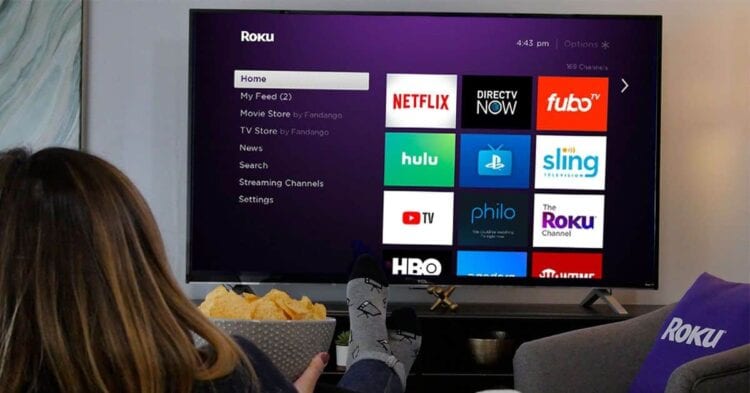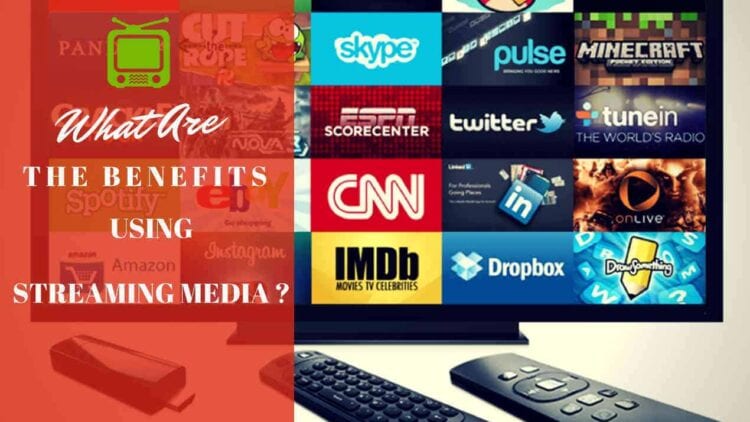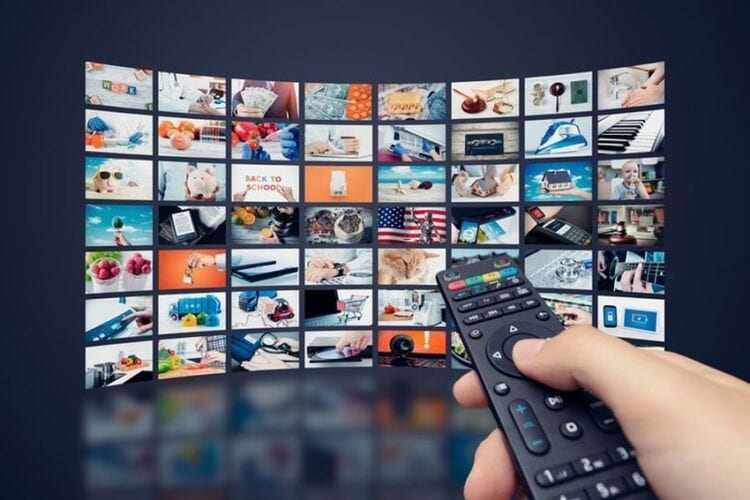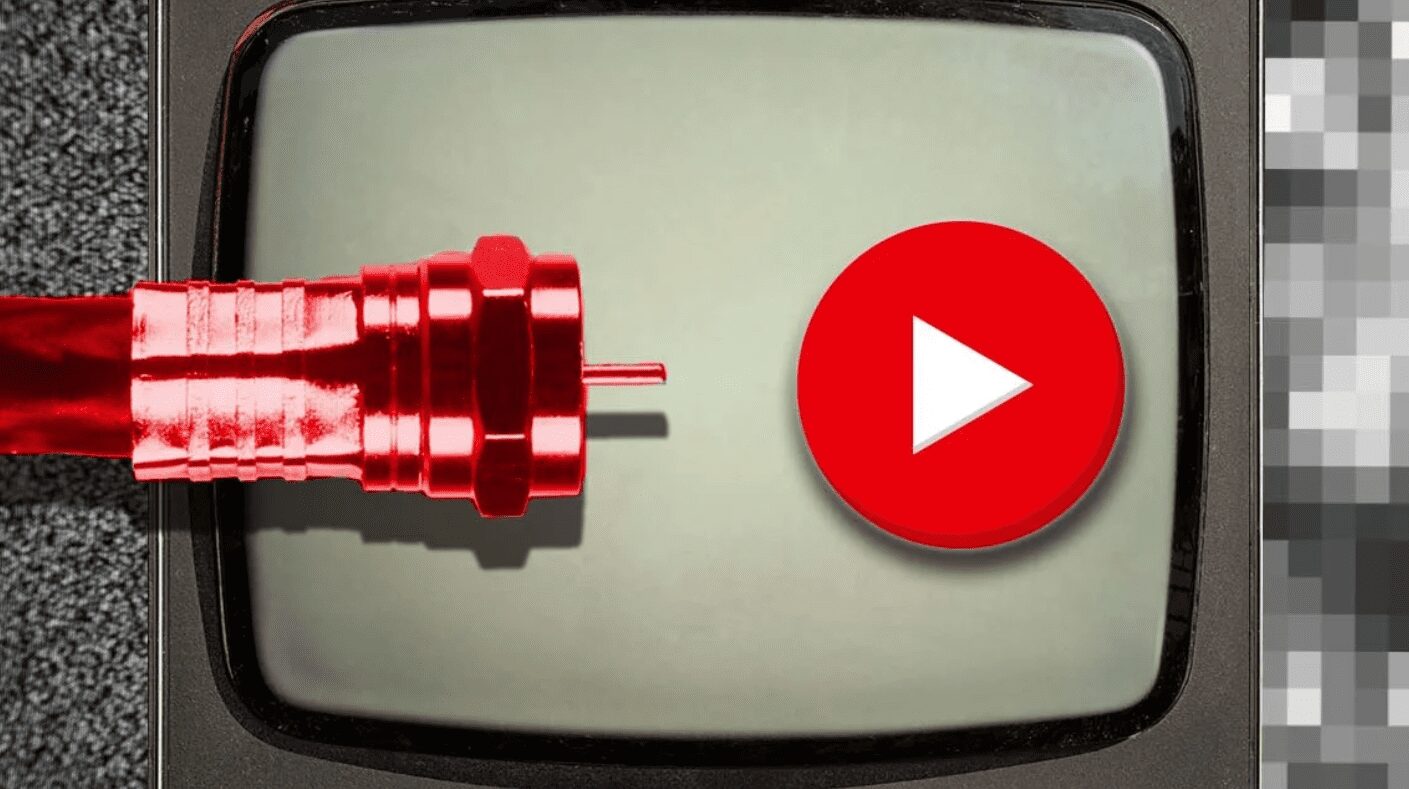In recent years, television has been experiencing the fate of radio from the time when it appeared – or the press in the years when radio took over. The game called broadcasting has changed significantly in the last decade – especially in the era of the Internet. The improvement of the services provided by Internet providers has created the conditions for the average computer user – to be able to watch TV over the Internet.
However, are you one of those who are still not clear with what to decide when it comes to choosing TV services? Switch to streaming or stay with a good old cable TV? We may resolve some of your concerns – so check out our Streaming Services VS Cable TV 2024 Comparison Guide.
New Technological And Program Trends In The TV Industry

For decades, so-called terrestrial or classic television has had time to adapt to the models of cable broadcasters around the world – but today both TV companies and cable operators have months to react to the trends that are flourishing on the Internet. Streaming services are a fairly new phenomenon in video broadcasting.
In less than a decade, they have ripped off a significant portion of the pie from cable and terrestrial television – becoming not only broadcasters but also creators of the high-quality film, documentary, and serial feature programs. These new TV companies have come to stay and are more and more popular. The generations that are maturing today, are increasingly choosing internet streaming services – while cable television and television channels of the classic type are starting to be neglected.
Streaming Service VS Cable TV

The war between streaming services and classic television has begun in the United States – where the strongest internet streaming companies are located. There are Netflix, Disney, HBO, Amazon Prime, etc. Apple and Youtube are now joining them, but with a slightly different concept. According to research conducted in the United States – half of the respondents who announced they are watching just satellite TV are 60 or more years old.
About a fourth of Americans (22 percent) watch a mix of satellite TV and streaming, and 31 percent of those between the ages of 18 and 29 states they watch both. Around 16 percent of respondents like to watch cable and satellite TV. A little more than ten percent of individuals utilize streaming, for example, Netflix, iTunes, Hulu, Amazon Prime, etc. Over a quarter of those aged 18 to 29 say they like streaming better.
Advantages Of Streaming

Today, it is considered that classic television is seriously tempted due to the Internet and streaming services. Some even think that with the new generations, it will only lose its footing. Streaming services will endanger classic television, especially when these new generations start earning money – and decide for themselves what they want to pay. Yet, although some streaming lovers do not belong to the millennial generation – many older generations almost no longer watch classic television at all. The advantage that everyone states – is that thanks to the Internet, they have learned to choose what to watch.
According to Nion TV, you can consume such content when you want, how much you want, and how you want it. Although cable broadcasters have also included reversing the content service – the streaming service is again far more interesting. It is because it is a large library of video content where you can control the content you will have fun with.
Does Cable TV Have The Advantage Or Is It Near To Extinct?
Looking from one angle, cable television is not connected to the Internet. That way, you know that the quality of programs and broadcasts won’t be affected by a good or bad connection. However, nowadays a good internet connection is available to a large number of users. This is slowly but surely starting to jeopardize the position of cable TV. Therefore, experts claim that television is slowly losing its current form. It means it will have to seriously adapt to the new digital age.
That has always been the case in history when the old media had to adapt to the new ones. HBO used to rival big television channels that were free. They asked for a subscription – and that subscription is growing all the time until today. It means that non-payment for the service is not enough. In the meantime, Netflix appeared – and took advantage of the fact that a good part of America has broadband internet. That way, they were able to offer their movie database to consumers – at incomparably affordable prices than, for example, cable operators do.

New Players Are Coming On The Scene
Although some particular streaming services were booming – now there are two more big players on the market: Disney Plus and Apple TV. Connoisseurs of television broadcasting and streaming believe that Netflix will not last long – despite the large investments. The competition is simply gaining momentum. Disney Plus received ten million subscribers in just one day, and that will only grow. The main service that is coming is Apple and HBO which will combine the offer of Time Warner studios – and it will seriously inflate their number of subscribers. On the other hand, when asked whether classic television will disappear given all this we have considered – most people say it will not happen.
Conclusion
Streamings came here to stay and their future is guaranteed. However, history teaches us that traditional media usually cope and adapt to new circumstances. Neither radio pushed the press, nor cable television pushed classic television. Therefore, we don’t expect no one will disappear thanks to the Internet. There will probably be some new programming directions, maybe we can expect better content and much more content than before – and that will keep the customers to use classic cable televisions. For streaming companies, the production of original content is the only way to attract and retain users. The diversity, exclusivity, and quality are the basic preconditions for better positioning on the market.

